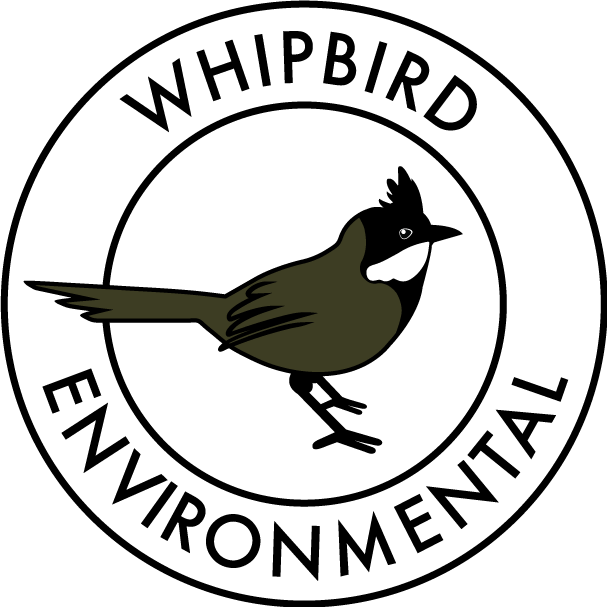Banksia integrifolia (Coastal Banksia) Australian Native Plant Profile
Banksia integrifolia flowers. Photo by Jeff Harbrow
Description
Banksia integrifolia, commonly known as Coastal Banksia, is an evergreen tree with distinctive serrated leaves and large, cylindrical flower spikes that are pale yellow or creamy in color. The tree can reach up to 25 meters in height and is well-adapted to coastal environments.
Growing Conditions
Coastal Banksia grows best in sandy or well-drained soils in full sun to partial shade. It is relatively drought-tolerant once established and can tolerate salt spray and wind, making it suitable for coastal gardens. The tree is also fire-adapted, with its woody fruits opening and releasing seeds in response to heat from fire.
Habitat Value
In terms of habitat value, Coastal Banksia provides important habitat for wildlife, including birds, insects, and small mammals. Its flowers are a rich source of nectar, attracting pollinators such as bees, butterflies, and birds. The tree also provides shelter and nesting sites for birds and small mammals, contributing to the overall biodiversity of the coastal ecosystems.
Uses
In environmental settings, it is commonly used for coastal restoration projects due to its ability to tolerate salt spray, wind, and sandy soils. Its deep root system also helps to stabilize coastal soils, preventing erosion and providing habitat for soil-dwelling organisms. The flowers of Banksia integrifolia are a valuable source of nectar for native birds, insects, and other wildlife, supporting local biodiversity.
In garden settings, Banksia integrifolia is popular as an ornamental tree for its attractive foliage, unique flowers, and distinctive form. It can be used as a focal point tree in gardens with coastal, native, or even Mediterranean themes. It is also suitable for large gardens, parks, and other open spaces where its size and form can be appreciated. Banksia integrifolia is relatively low-maintenance, requiring minimal pruning and irrigation once established, making it suitable for water-wise gardening practices. Its flowers can also be used in cut flower arrangements, adding a unique and distinctive element to floral displays.
Propagation
There are several methods for propagating Banksia integrifolia in Australia, including from seeds, cuttings, and grafting.
Propagation from seeds: Banksia integrifolia produces seeds within its distinctive woody fruits. To propagate from seeds, collect ripe fruits from the tree, and remove the seeds from the fruit capsules. Soak the seeds in water for 24 to 48 hours to soften the hard seed coat. Then, sow the seeds in a well-draining seed-raising mix, keeping the soil consistently moist. Germination can take several weeks to several months, and it's important to note that Banksia seeds have a low germination rate.
Propagation from cuttings: Banksia integrifolia can also be propagated from cuttings. Take semi-hardwood cuttings from the current season's growth, making sure to use clean, sharp pruning tools. Remove the leaves from the lower half of the cutting, and dip the cut end in a rooting hormone powder. Plant the cutting in a well-draining potting mix, and place it in a warm, bright location with high humidity. Keep the soil evenly moist, and roots should develop in a few weeks to a few months.
Propagation from grafting: Grafting is another method for propagating Banksia integrifolia. It involves joining a cutting from a desired Banksia integrifolia cultivar (scion) onto the rootstock of a Banksia integrifolia plant with a compatible root system. Grafting is typically done by experienced horticulturists or plant propagators, as it requires specialized skills and equipment.
It's important to note that Banksia integrifolia is protected under Australian law, and propagation of plants from the wild may require permits or permissions from local authorities. It's always best to check with relevant authorities and follow appropriate guidelines and regulations when propagating Banksia integrifolia or any other native plant species in Australia.
You might also like:
Melaleuca hypericifolia (Hillock Bush or Red-Flowered Paperbark)
How To Start a No-Dig Garden Bed
Further Reading
https://plantnet.rbgsyd.nsw.gov.au/cgi-bin/NSWfl.pl?page=nswfl&lvl=sp&name=Banksia~integrifolia

